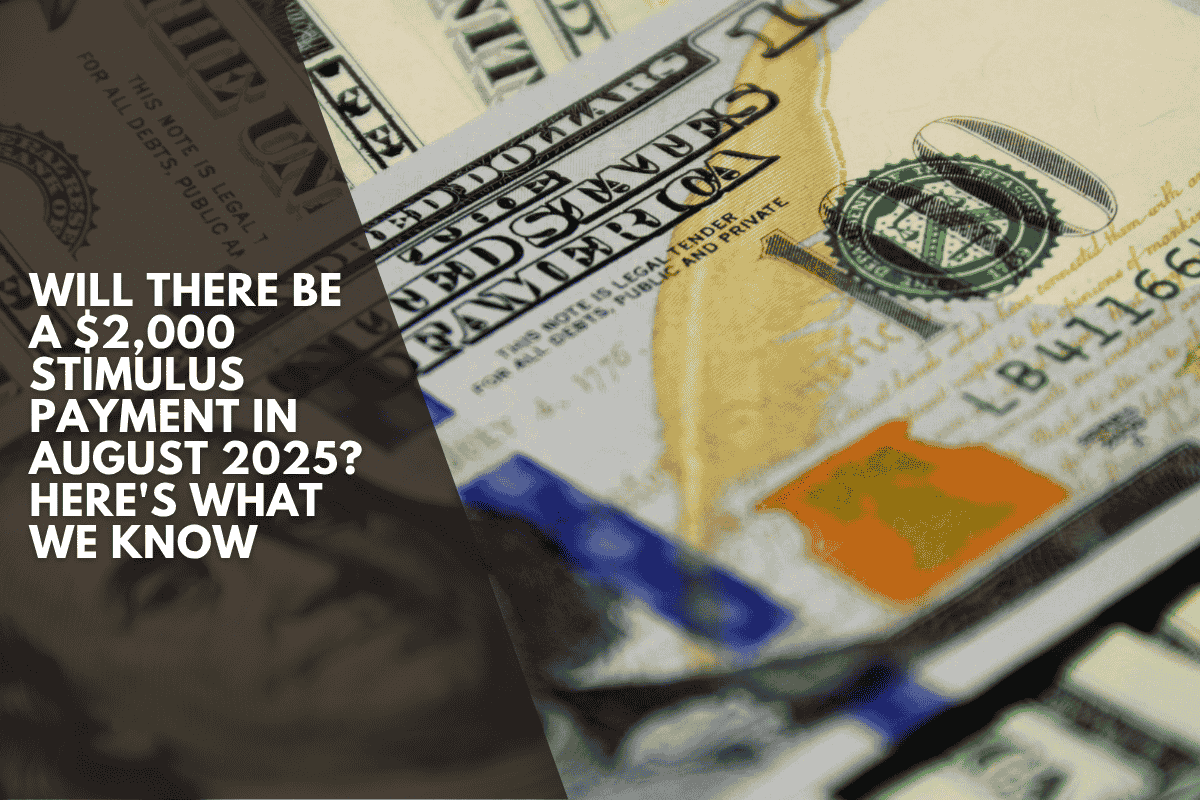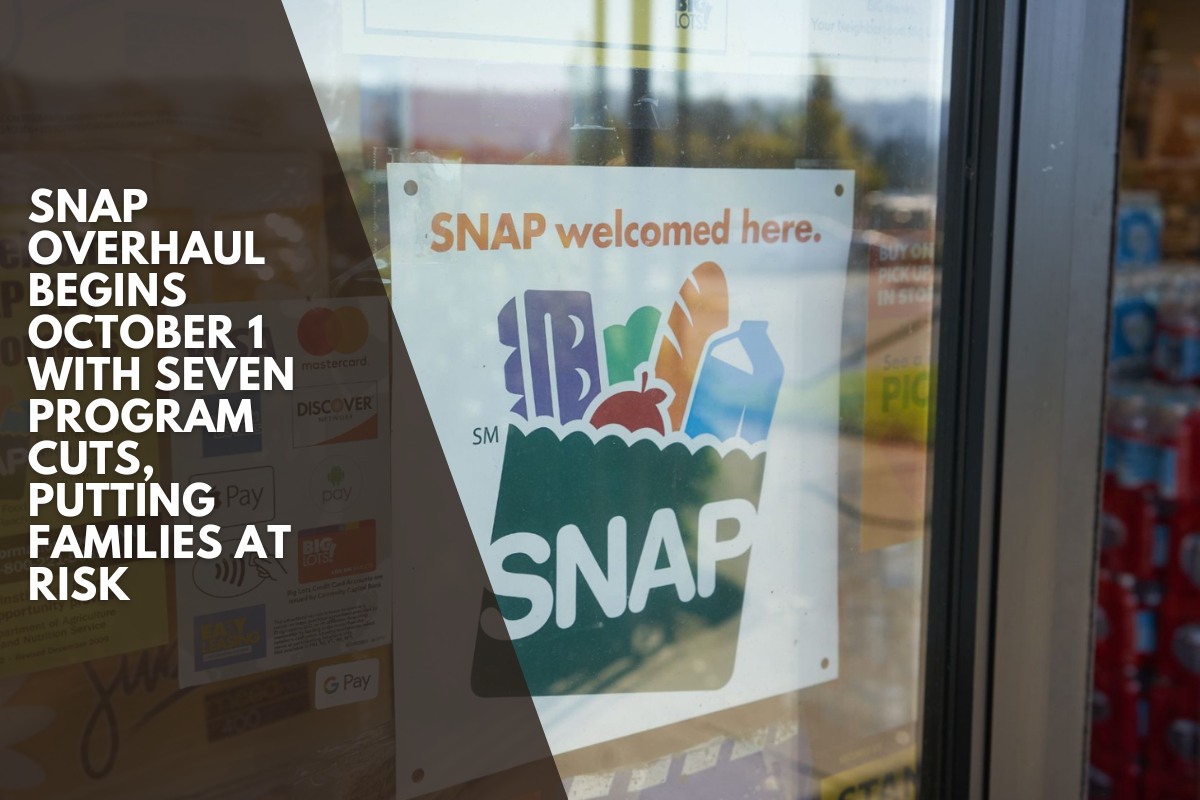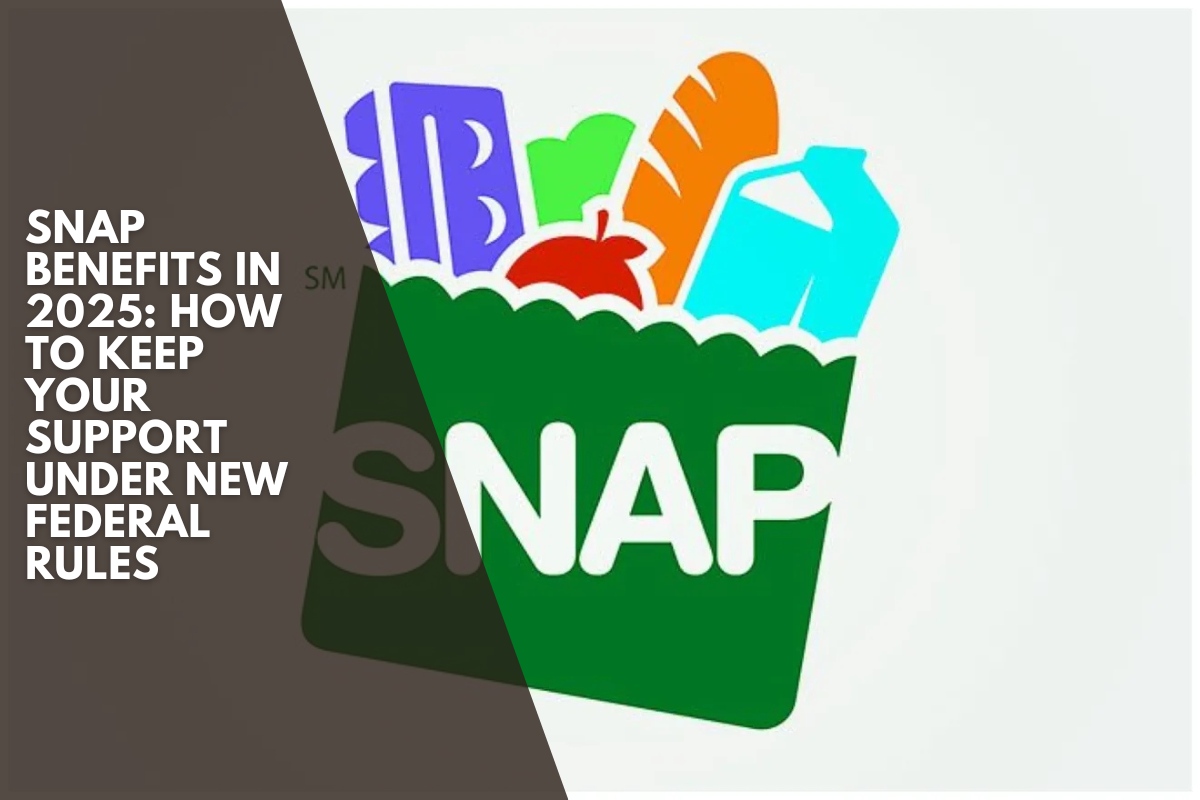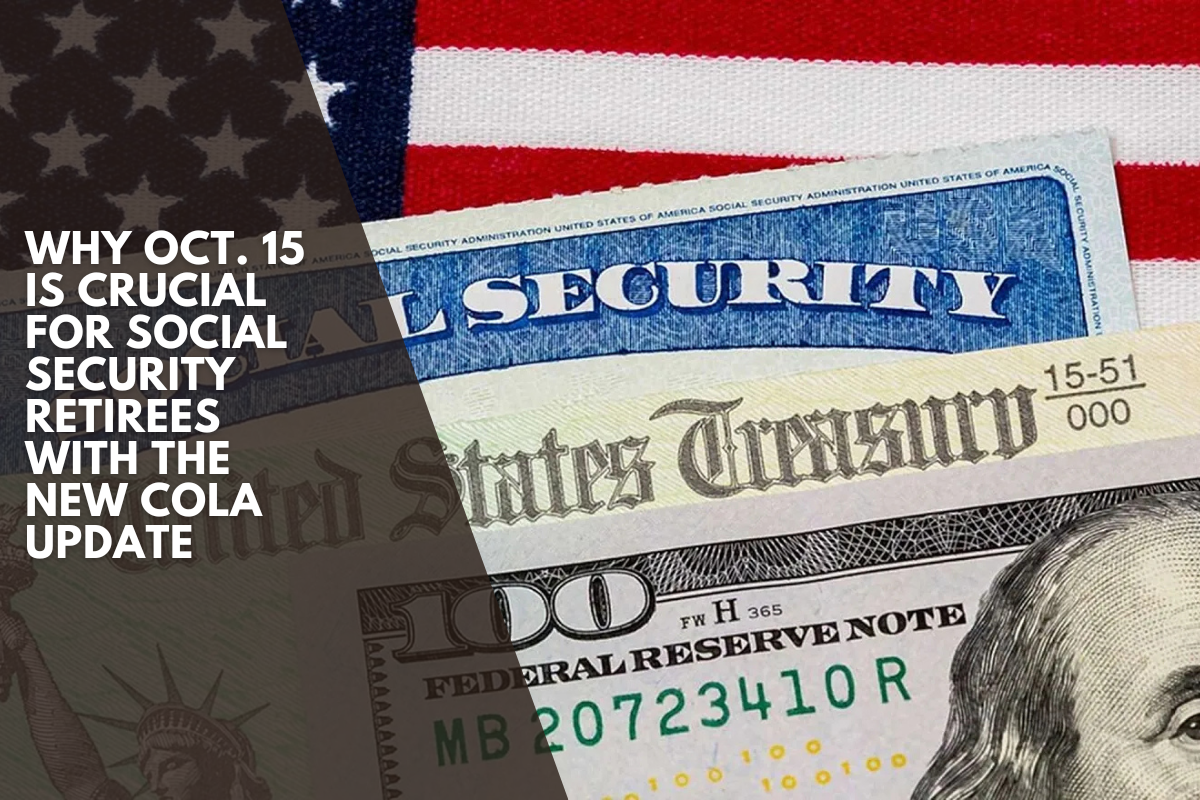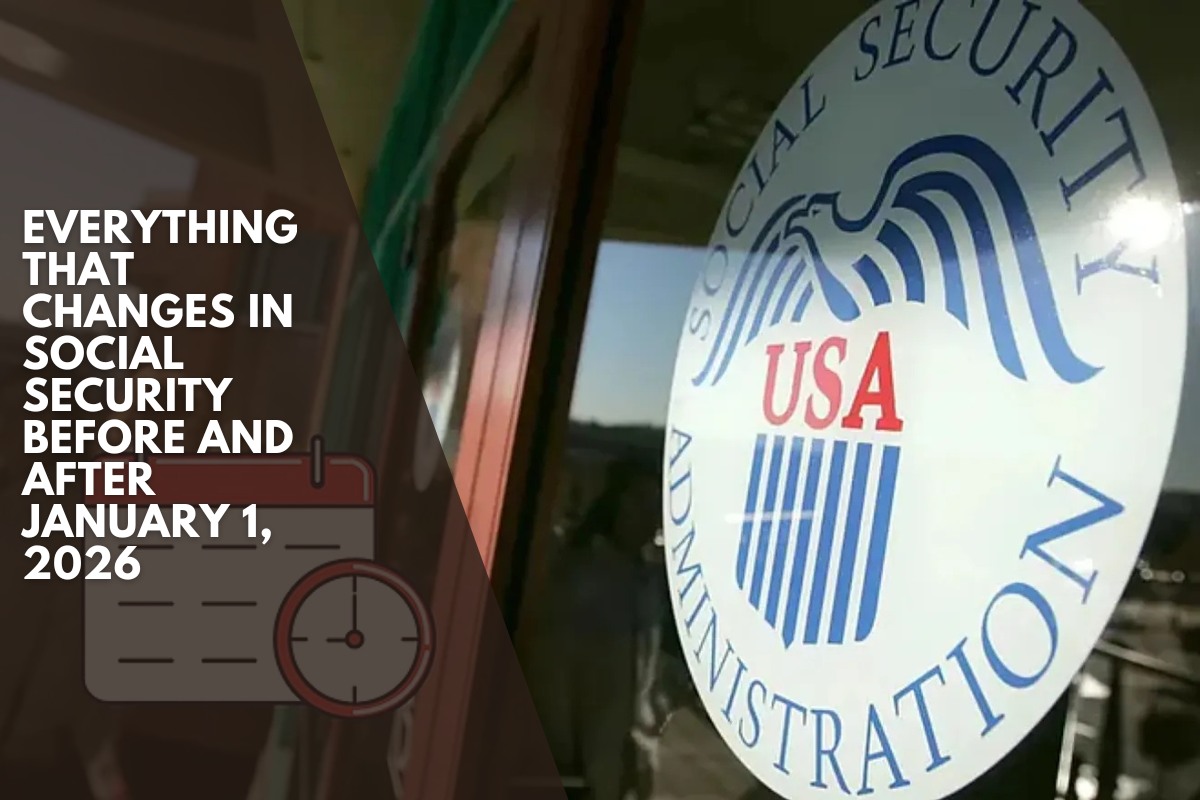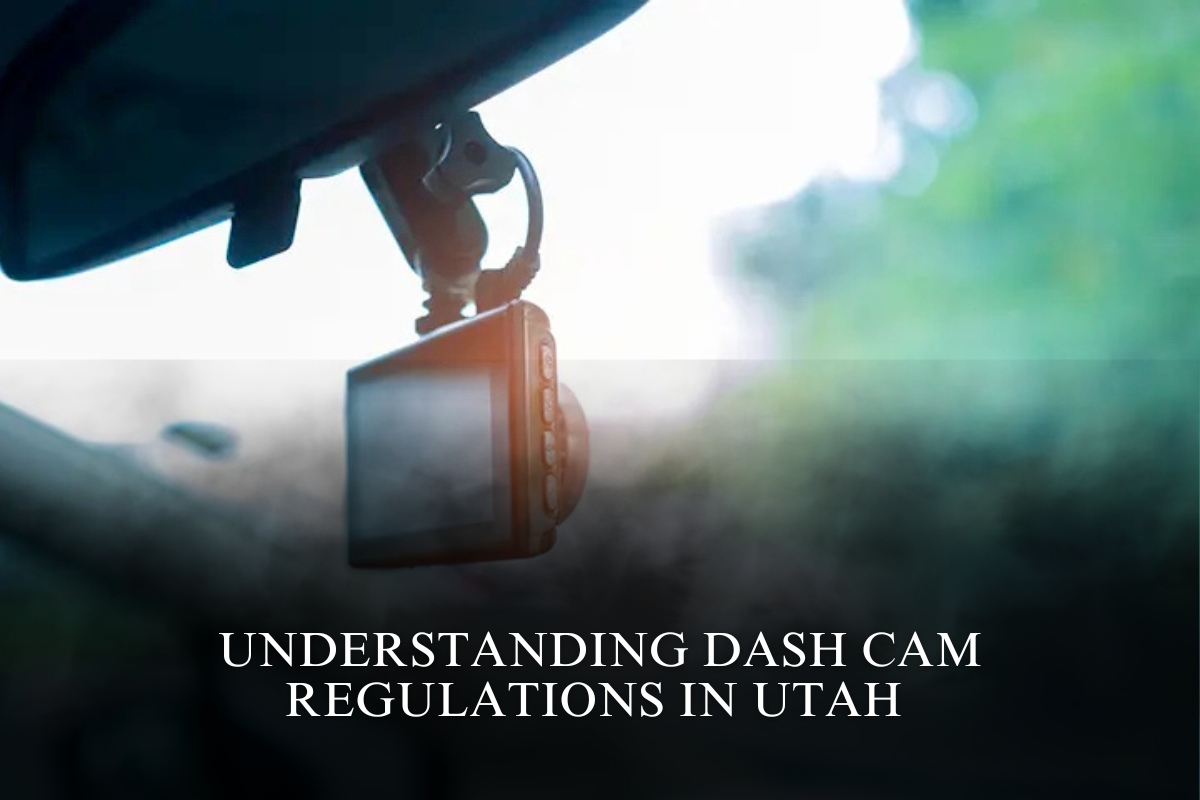Inflation continues to hit wallets, but there is good news for millions of American families: the federal government has approved a new $1,390 stimulus check for 2025.
This assistance comes at a critical time, with the rising cost of living and many people looking for ways to cover basic expenses such as food, housing, transportation, and health care for themselves and their families.
What is the $1,390 stimulus check in 2025?
The one-time check aims to provide immediate financial relief, helping to stabilize the most vulnerable household economies today.
Unlike previous programs, this new check is not linked to a health emergency, but rather to the widespread economic pressures that millions of citizens are experiencing as a result of the economic slowdown and rising basic service costs.
Who qualifies in 2025 to receive the $1,390 stimulus payment?
The choice is mainly based on the level of income, as well as the beneficiary’s situation with respect to other programs:
Income tax return:
Individual filers: Income up to $75,000 per year.
Married couples filing jointly: Up to $150,000 annually.
Heads of household: Up to $112,500 per year.
Automatic beneficiaries:
People receiving Social Security Administration (SSA) benefits.
Veterans Administration (VA) beneficiaries.
Supplemental Security Income (SSI) recipients.
When will the $1,390 stimulus check arrive?
Although the specific dates for this government assistance may differ depending on the payment method and financial institution used by each individual, distribution is expected to begin between August and September 2025.
Direct deposit: The first to receive the stimulus will be those who already have their bank account number registered with the IRS or the corresponding agencies.
Physical check or prepaid card: These methods may take a few weeks longer to arrive by mail.
Recommendation for the $1,390 stimulus payment: Check that your bank information and address are up to date on the IRS portal to avoid delays.
What impact could this $1,390 stimulus have?
The check not only provides direct relief to families, but it may also have a positive impact on the local economy. Consumers with more liquidity are more likely to spend in their communities, which benefits small businesses and creates a multiplier effect within communities.
Furthermore, this measure reduces financial stress, improves mental health, and provides greater stability to those living day to day. In times of economic uncertainty, this type of assistance can be extremely beneficial to many low-income individuals.
